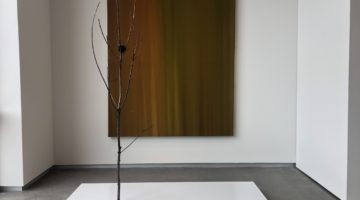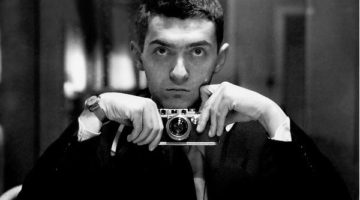Earlier this year, the University of Nevada, Reno, and the School of the Arts opened the new University Arts Building. This most recent edition to the university added brand new recital halls, fabrication labs, rehearsal rooms and teaching studios to expand the art program to even greater heights. The building’s own art museum–the John and Geraldine Lilley Museum of Art–recently introduced the temporary exhibit “Piranesi and the Eternal City,” which highlights a collection of work that hasn’t been seen by the public for more than 30 years.
The artist that the exhibit features–Giovanni Battista Piranesi–was most well-known for his prints of the city of Rome, which were revered for their high contrast and drama. Piranesi originally trained as an architect and draftsman, but later began training as an etcher with Giuseppe Vasi around 1740. The process of etching involved engraving copper plates by coating them with a protective layer, drawing on it with a needle, and then overlaying it with acid to allow more ink to sit within the mark.
This exhibition showcases 135 etchings, which are thought to be solely created by Piranesi’s own hand. All of the prints include works from several editions made at different points in the artist’s career up until his death in 1778. In order to tell when these were created, the earlier editions seem to have finer lines and much lower contrast and the later editions contained a heavier, inkier image. As time went on, Piranesi purchased his own printing press and was more keen on the addition of complexity to his drawings–cross hatches and other marks made the high contrast between dark and light areas much more apparent.
It is incredible to see how Piranesi’s work evolved throughout his tenure. The amount of detail he put into images of notable areas in Rome like St. Peter’s Basilica is impressive for its time. Another characteristic of Piranesi’s style is the incorporation of everyday Romans. Many of the people depicted in his projects are taking ranges of activities, which represents Piranesi’s fascination with the contrast of scale between the grandeur of the buildings and the disarray of the people. This, along with his overall creative interpretation of Rome inspired many Romantic era artists including Lord Bryon and the Shelleys.
This career examining exhibition was made possible through City of Reno Arts and Culture Commission, College of Liberal Arts, Department of Art, ASUN and the Graduate Student Association. In addition to the showcase being free to the public until Sept. 26, the Lilley Museum of Art also has a holding of the university’s permanent collection on the upper floor. With many more exhibitions coming in the near future to the University Arts Building, there will be even more opportunities for students to expand their knowledge on all kinds of creativity.
Rylee Jackson can be reached at ryleejackson@sagebrush.unr.edu, or on Twitter @rybyjackson.












